Google’s announcement to withhold search term data, revealing more search terms would fall in the “not provided” category, has put a higher emphasis on buying into their ad system. Since advertisers still have access to the data that lead to a click, Google has placed a premium on running pay-per-click (PPC) campaigns in order to have visibility into that data. Whether this move was made intentionally to drive more ad sales or not is irrelevant. What matters now is that more businesses will need to utilize paid campaigns to gain insight into performing keywords and search terms.
Since more businesses will be turning to PPC for insight, we reveal ten tips for managing a healthy PPC program.
Keywords: Keyword selection is vital to the success and effectiveness of a PPC campaign. New tools available from Google (Keyword Planner) will help when trying to identify targeted keywords. Successful campaigns will have 300-1,000 keywords for advertising. If you have less than that, you may not have considered all the variations of a search query. Example: online medical marketing, medical marketing online or medical online marketing.
The Search Process: Most prospects go through a “search process” when locating information online about a subject. Identifying your prospects “search process” will be important to managing cost out of your program. In healthcare, for example, we know there are four phases of the patient search process: symptoms, diagnoses, therapies and resources. Knowing that the first two categories typically have a higher volume of search and a lower cost-per-click, while the last two categories have a higher cost-per-click, but convert at a higher rate, helps manage the cost down and keep conversions up.
Landing Pages: Poor landing page design and usage are two of the biggest factors leading to a failing PPC campaign. Utilizing only one landing page or sending clicks to your homepage will not lead to a higher conversion rate. Each campaign and ad group should have its own landing page and there should be multiple variations to test and optimize. Following these rules for website optimization will help with increasing conversion rates on your landing pages.
Quality Score: This is an area that will often get overlooked by less experienced managers of PPC campaigns and is another way of managing the cost out of your program. There are many instances in which your ad will be in the #1 spot and cost half as much as the #2 ads due to a high quality score. Quality score is based on the relevancy of your ad to the search query and is measured by keywords, click thru rate and landing pages.
Mobile: As mobile search queries continue to rise, having a campaign not following mobile best practices will result in poor results. Wordstream recently looked at 500 PPC campaigns from small and medium sized businesses. They found that fewer than 20% of them had mobile preferred ads and that 19 out of 20 accounts did not use call extensions. Setting up ads for mobile devices will result in better performing ads and using call extensions will result in higher click-thru rates.
Ad Copy: I recently had a conversation with a colleague who was struggling with their PPC campaign. When I asked them how many ads they were using, their answer was “5-10”. Having so few ads limits your ability to optimize your campaigns and identify your performing keywords. When targeting 300-1000 keywords, your campaign should consist of at least 50 different ad copy versions, with some campaigns having well over 100.
Extensions: I discussed in detail the recent changes and updates to Google’s extensions in a previous post. Call extensions, as mentioned in mobile, provide more detailed analytics on mobile usage and call engagement. Image extensions are going to increase click-thru rates as well as conversions. Locations extensions allow for better geo-targeting and site links will increase clicks. Using these extensions will result in a much better performing PPC program.
Multi-lingual campaigns: If any of your target audience speaks another language, then it makes sense to advertise in those languages. This may be a sweet spot for some businesses since so many organizations don’t take advantage of running multi-lingual campaigns. Often time costs are much lower on multi-lingual campaigns, but can still produce outstanding results and revenue.
Tracking: This is where many people fail when managing a campaign. I have had many conversations in which I ask how many leads a PPC campaign is producing and 8 out of 10 times the answer is “I don’t know”. Tracking is essential to showing ROI on a program and should be done using Google Analytics for online tracking and offline with phone tracking. It’s impossible to improve on something you can’t measure!
Optimization: This should go without saying, but campaign managers should always be optimizing. Managers should spend at least 20-30 minutes a day reviewing campaigns, analyzing results and looking for ways to improve. Whether you spend time optimizing your landing pages, ad copy or ad groups, it will be time well spent when results continually improve.
Hopefully these tips will help produce a better performing and much healthier PPC campaign. Let me know any other suggestions you’ve tried in the comment section below.
















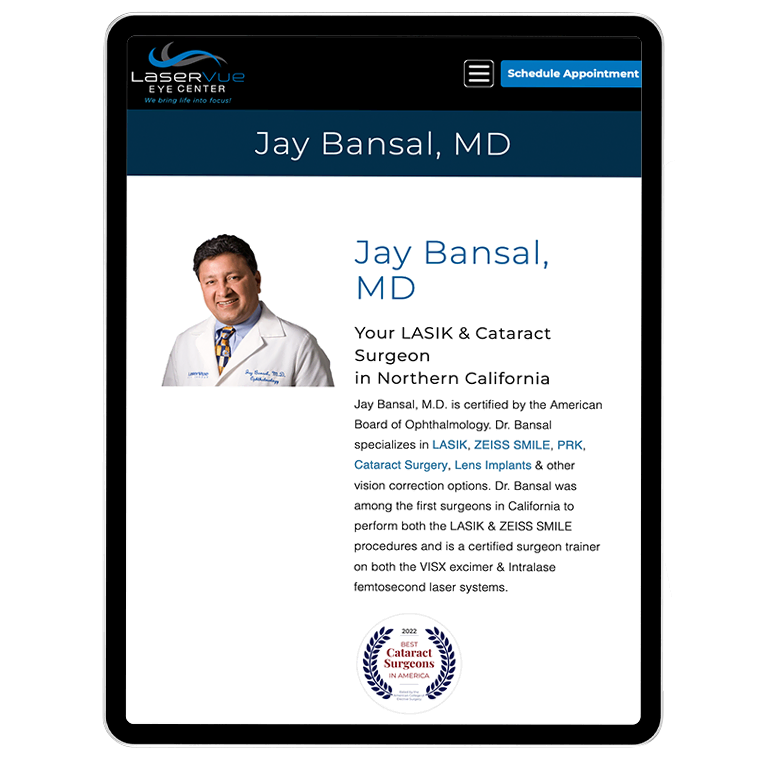
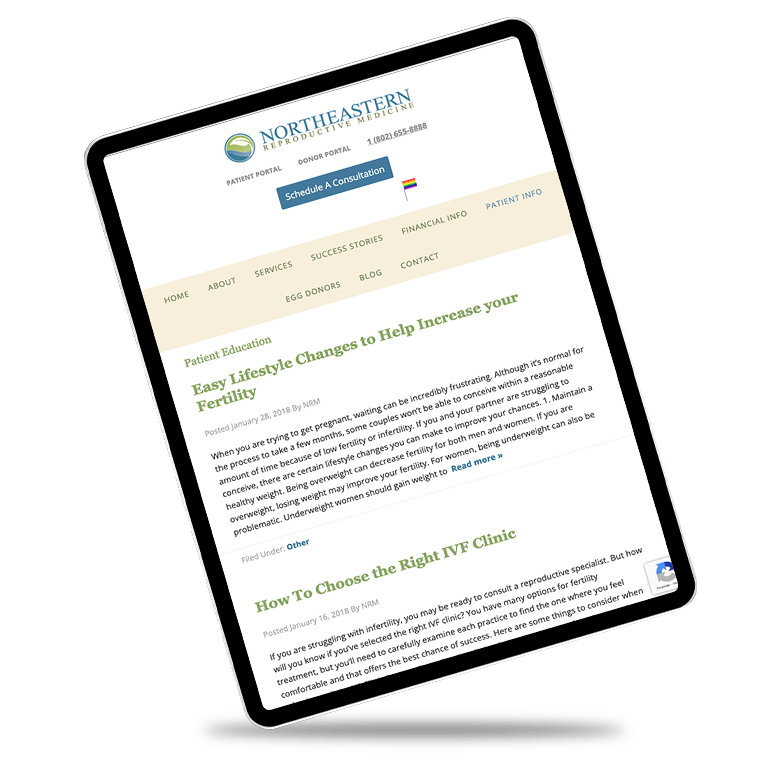



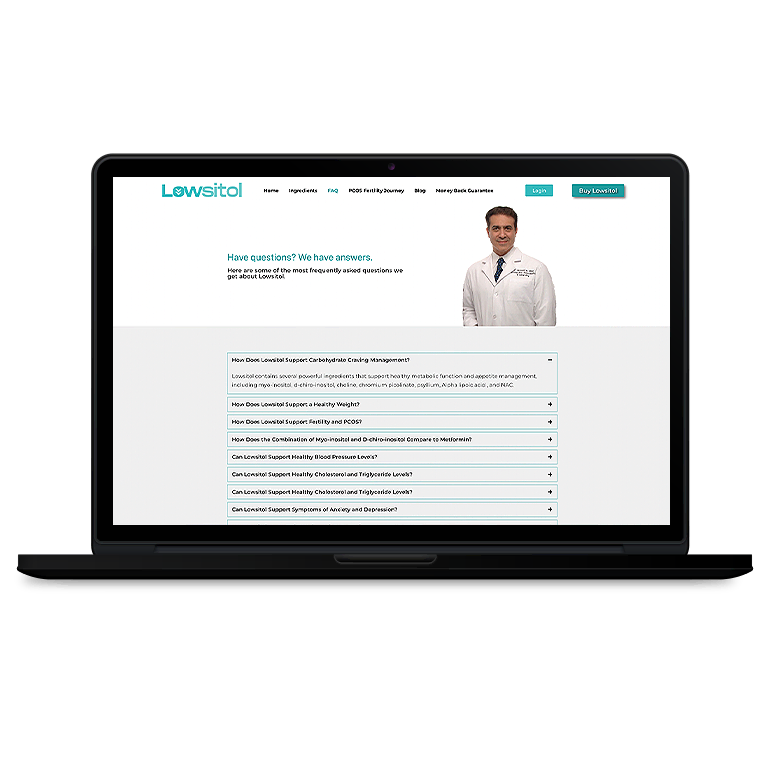
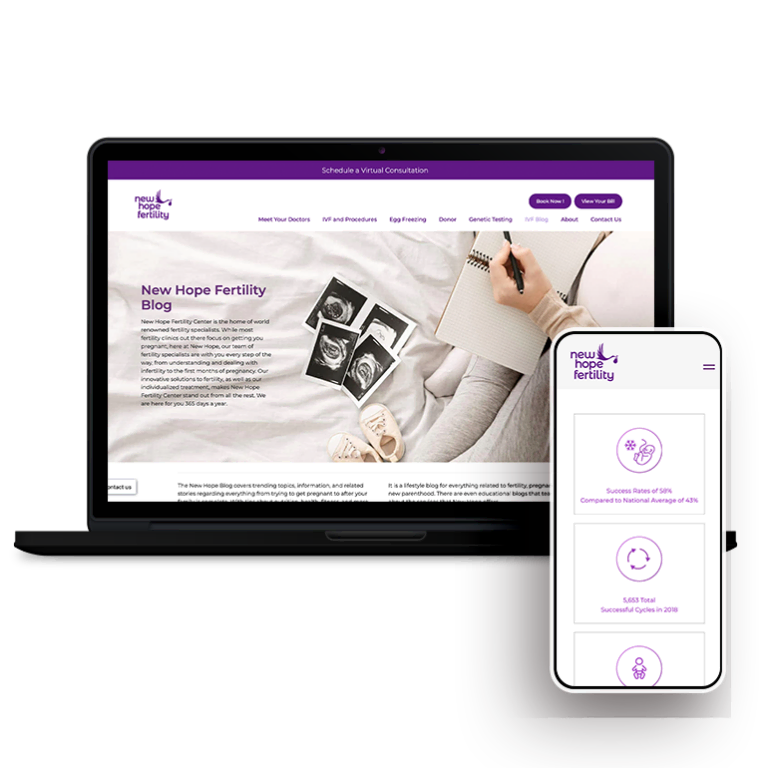
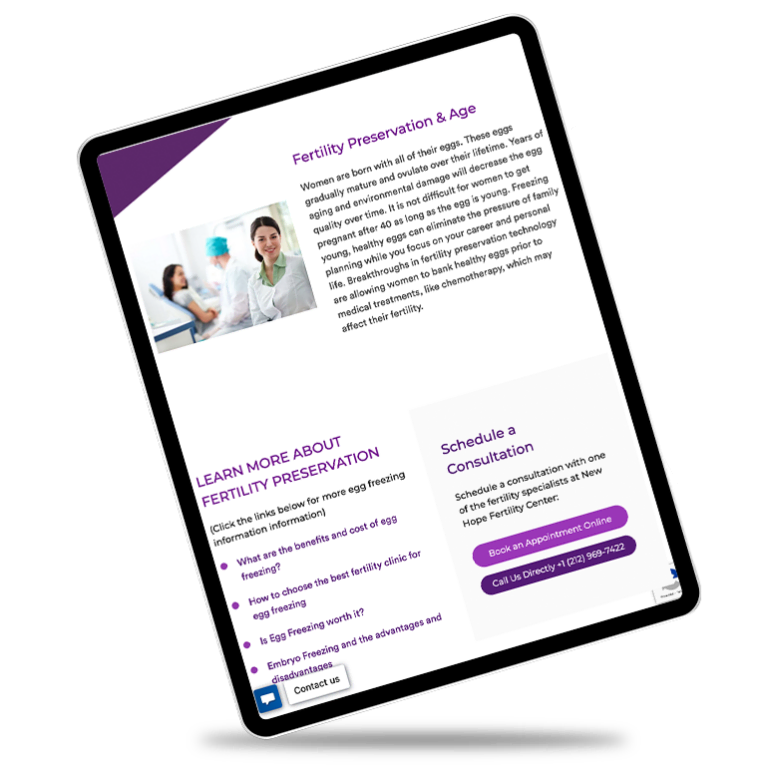

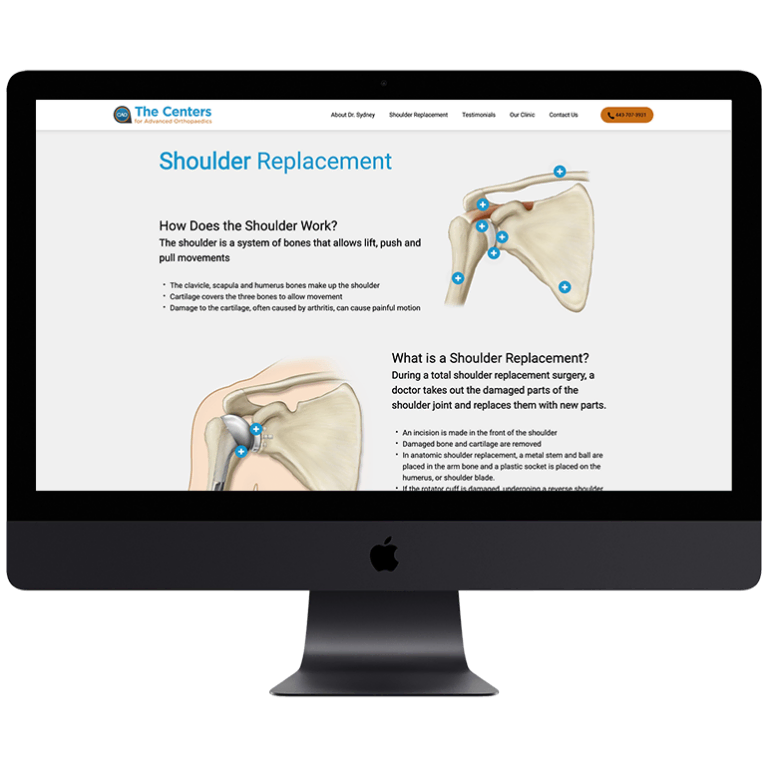


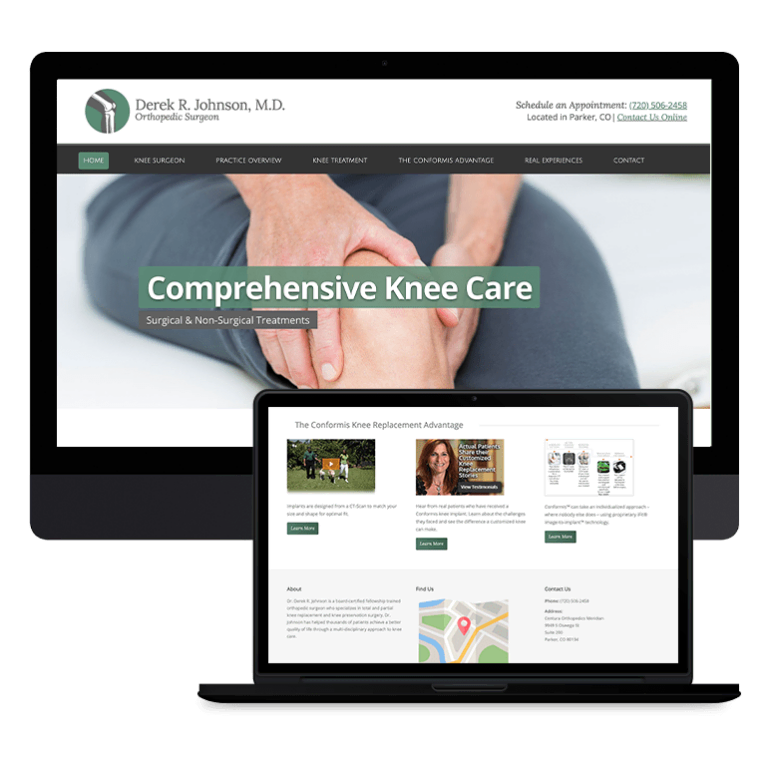

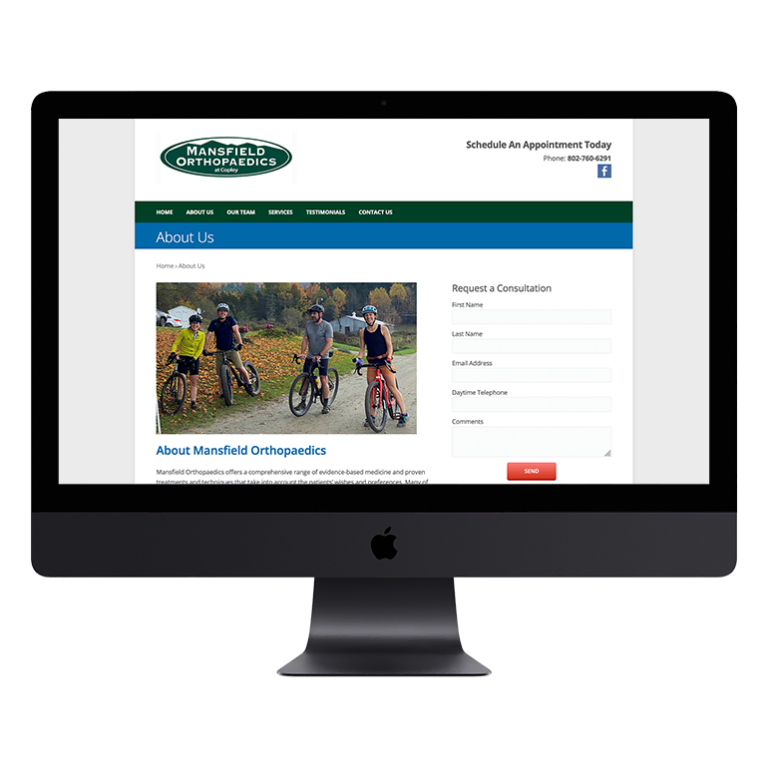

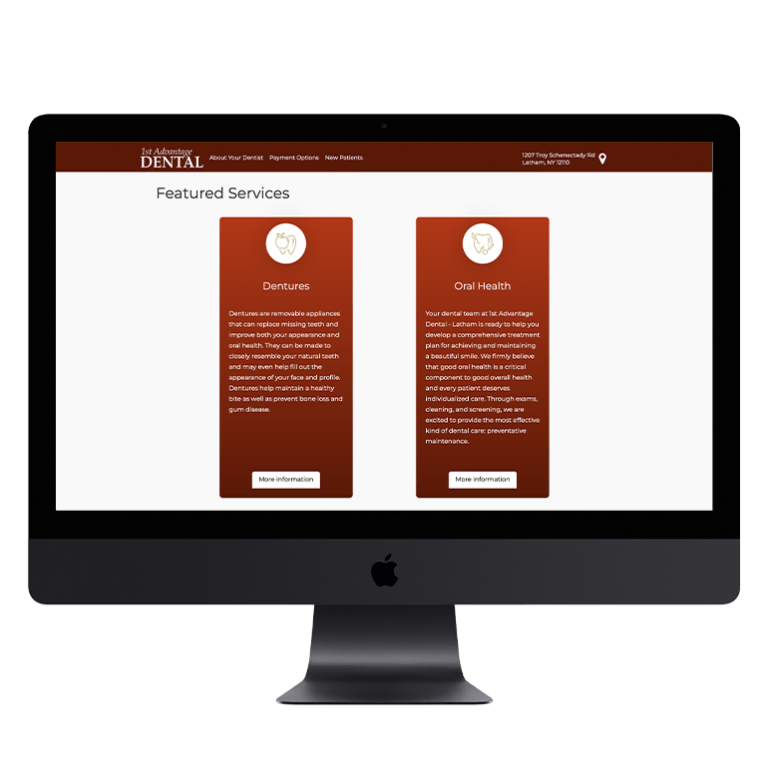
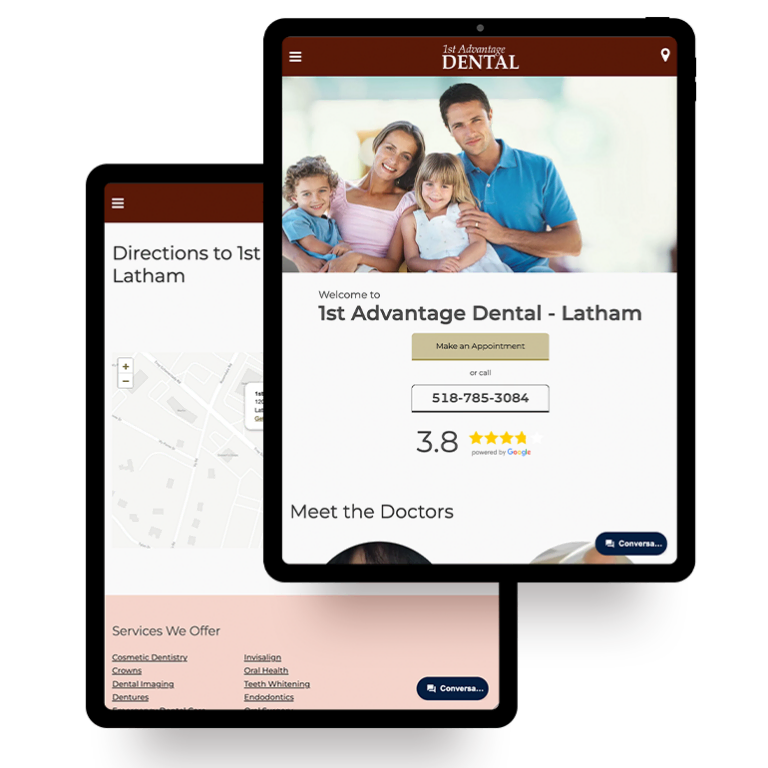
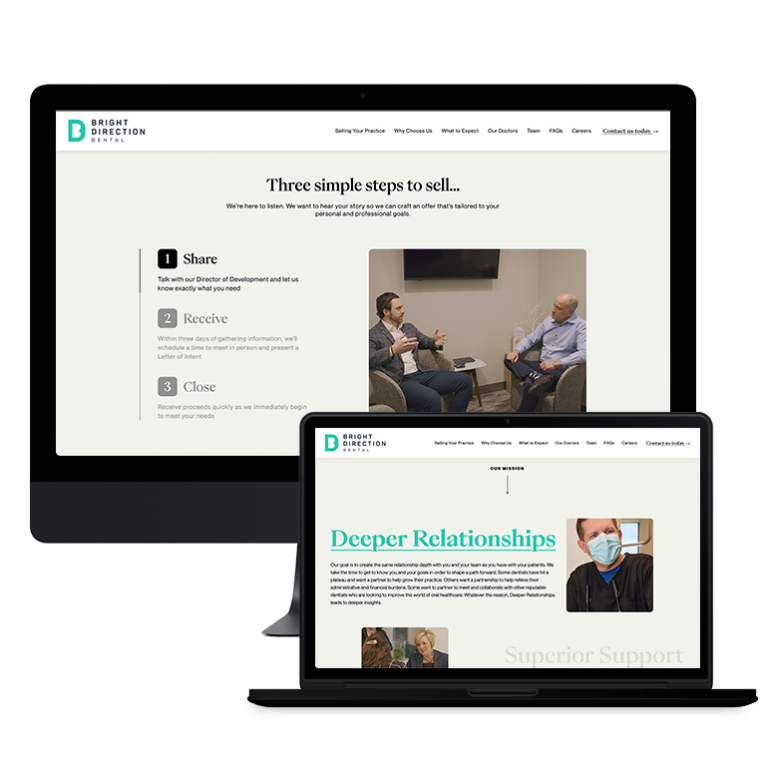
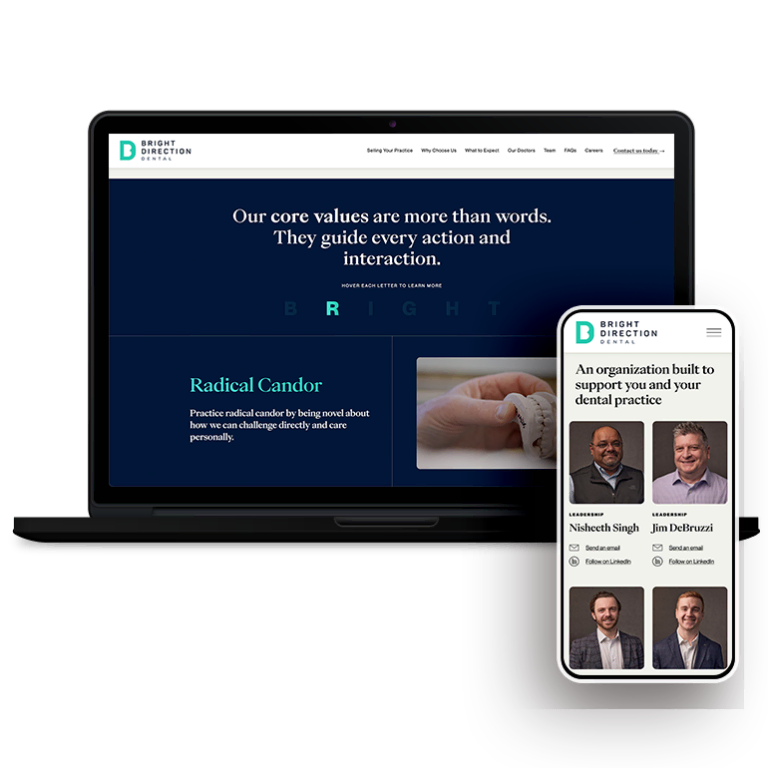
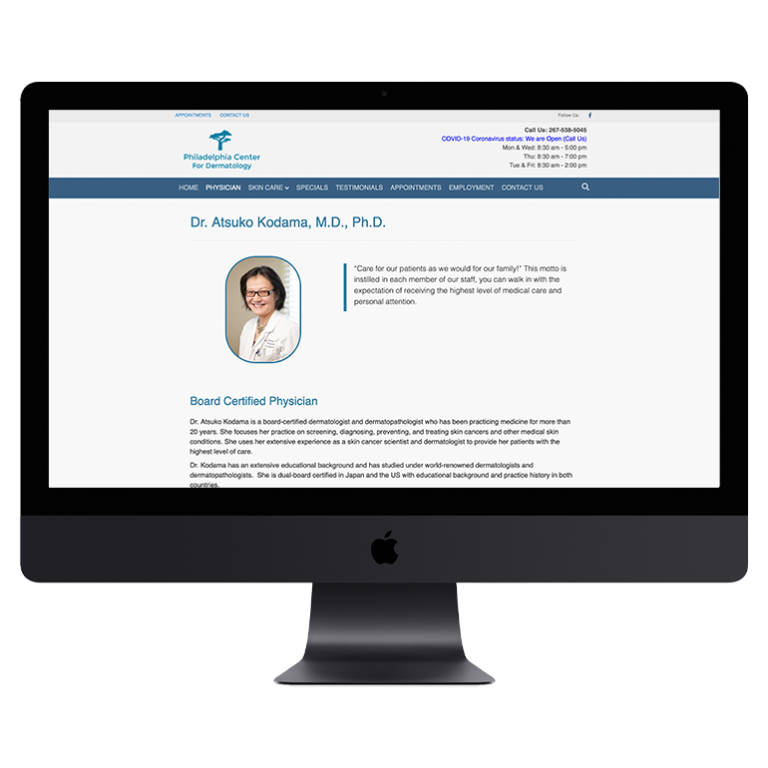
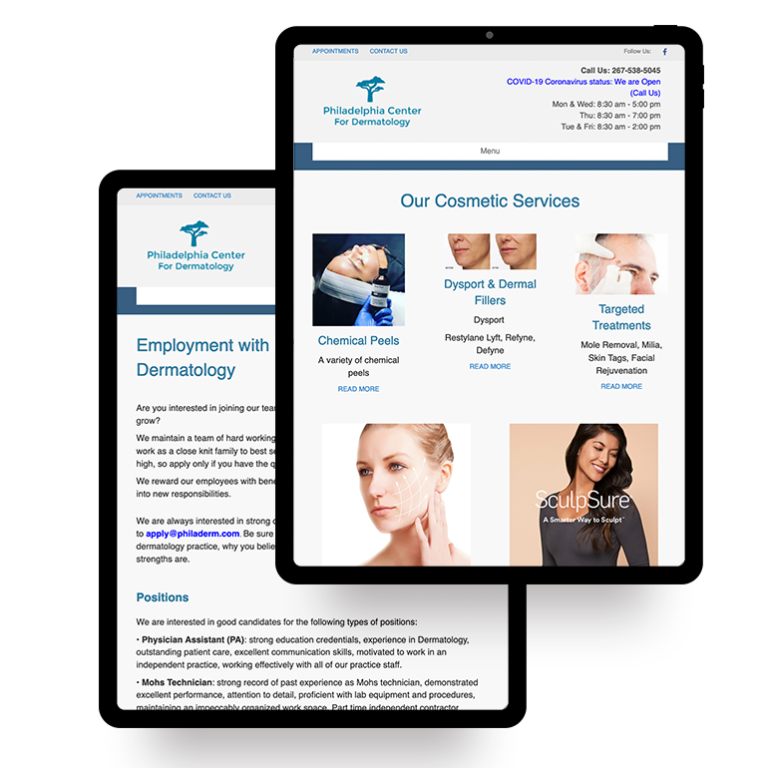


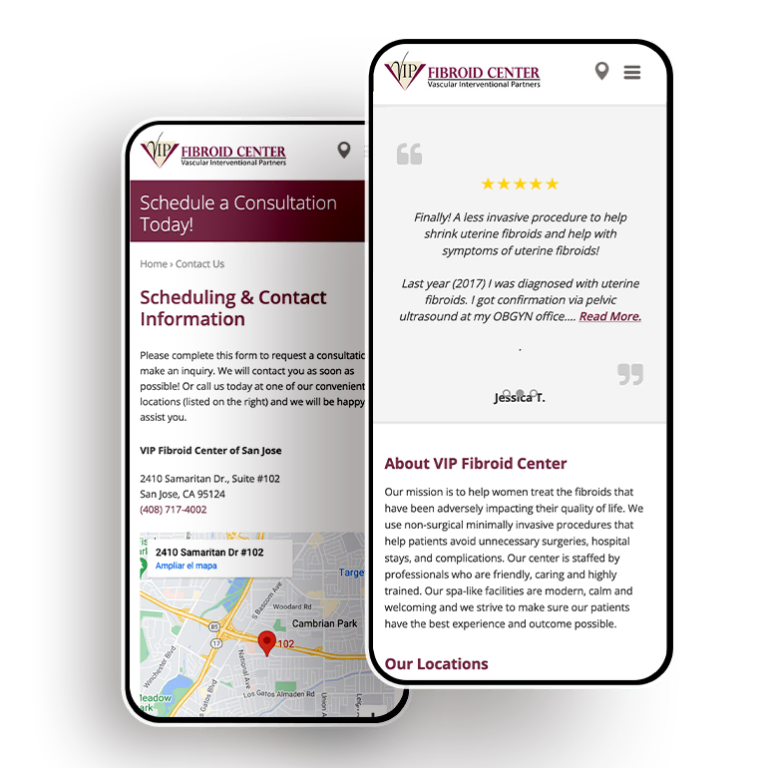

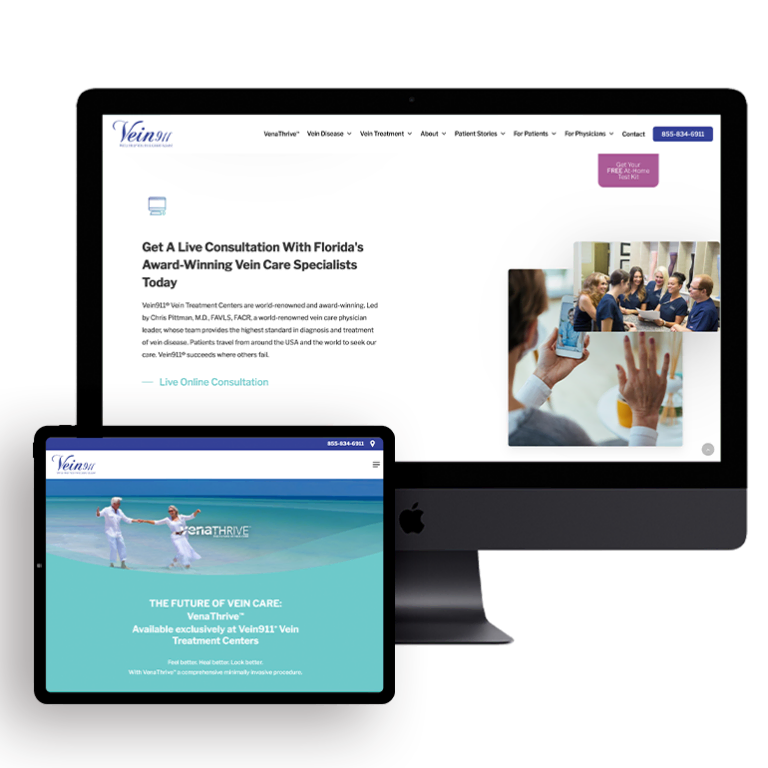
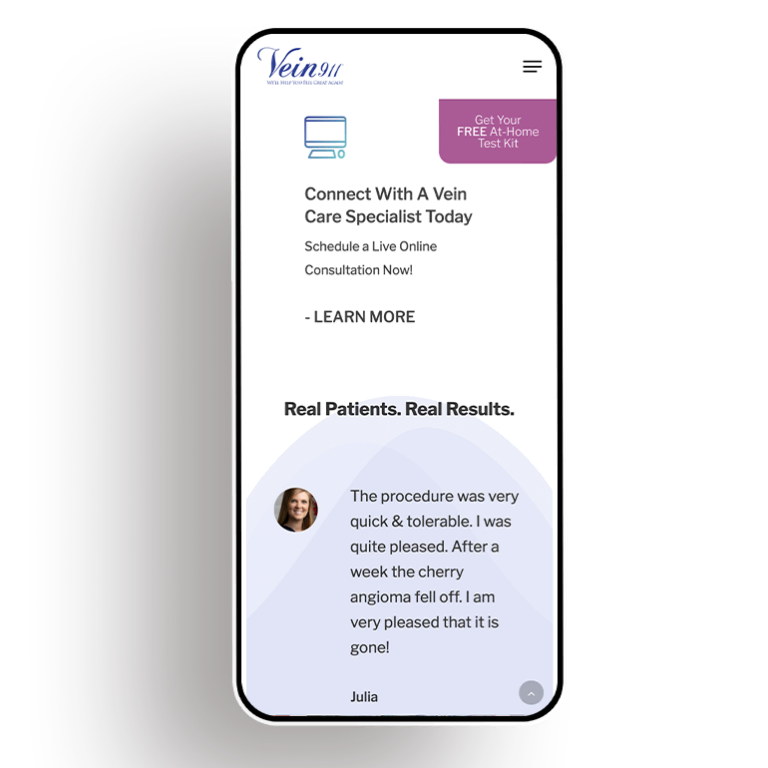

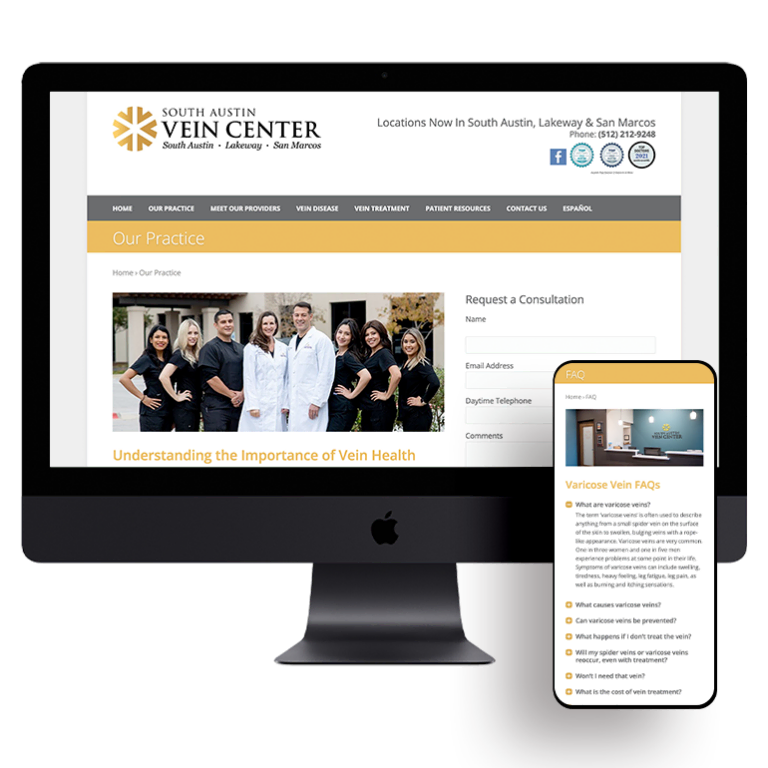
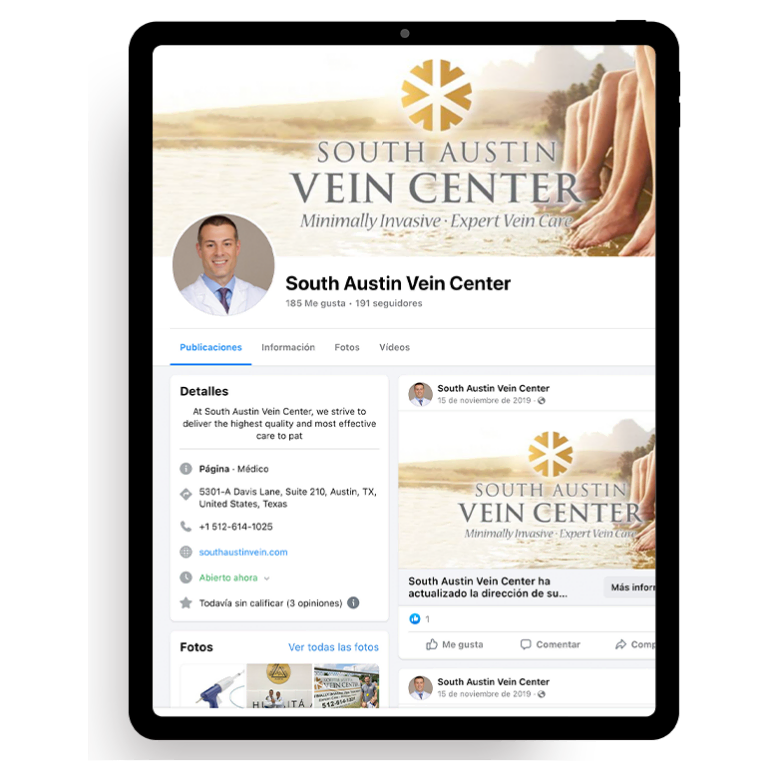

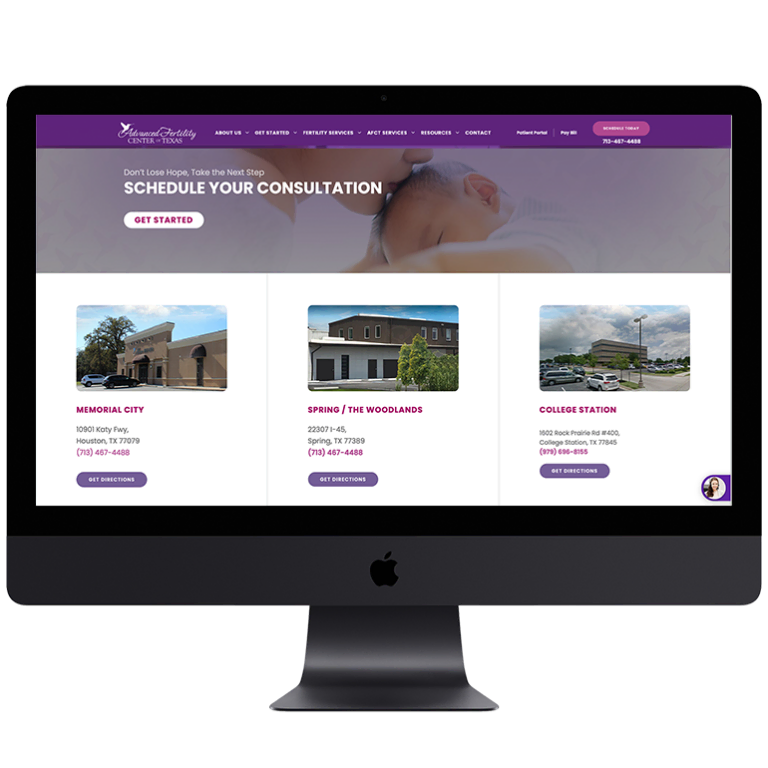
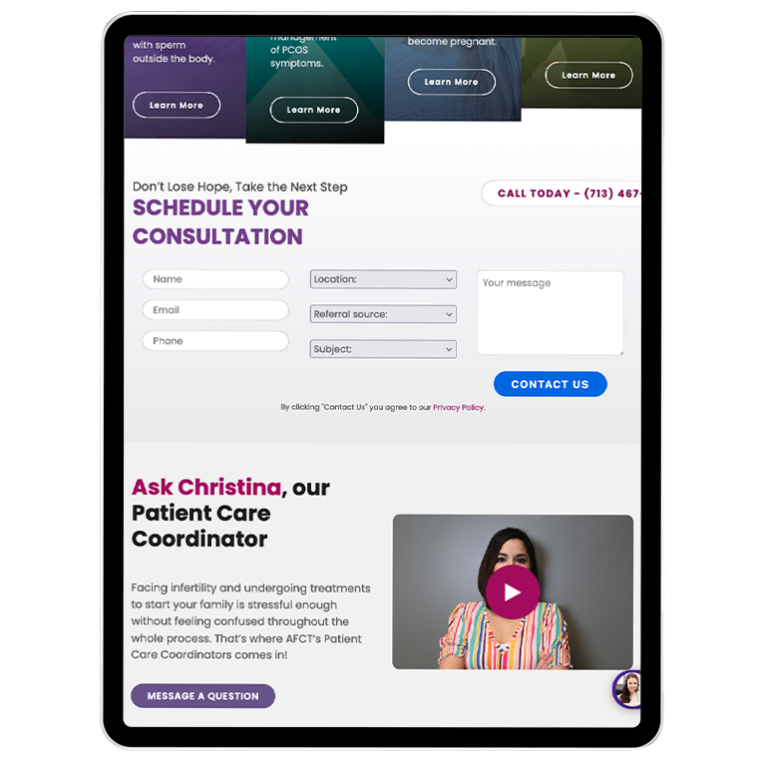
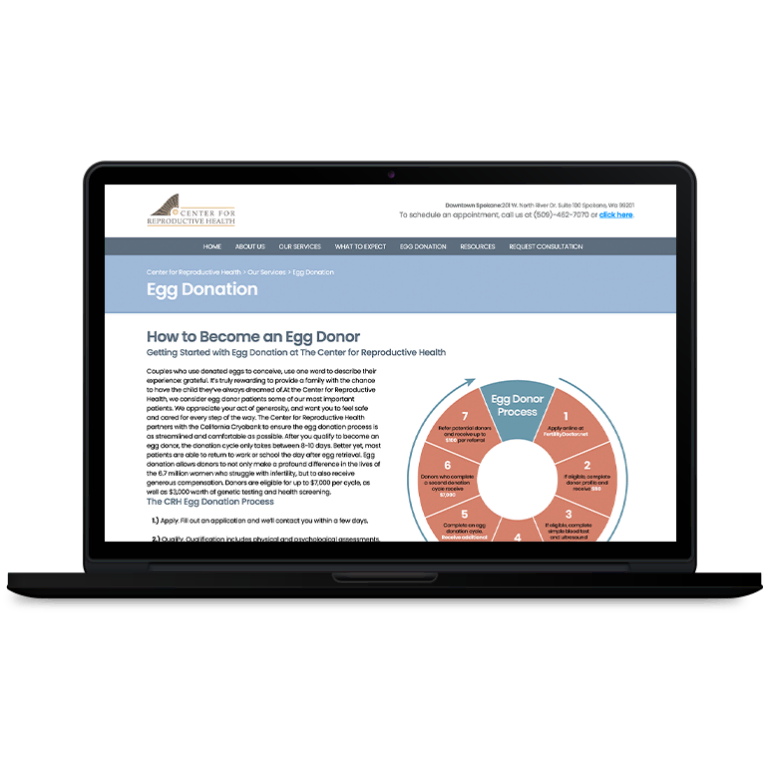
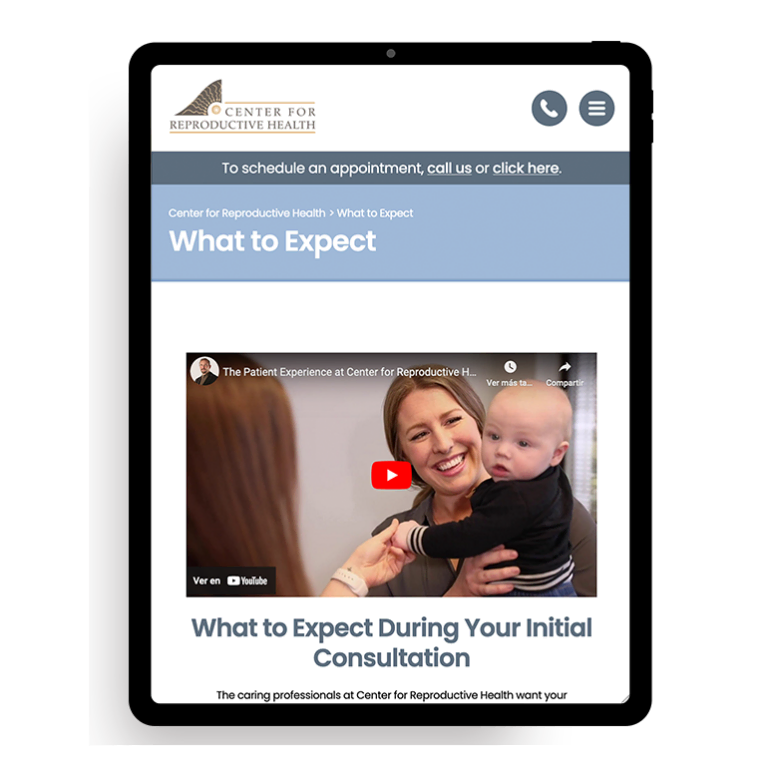
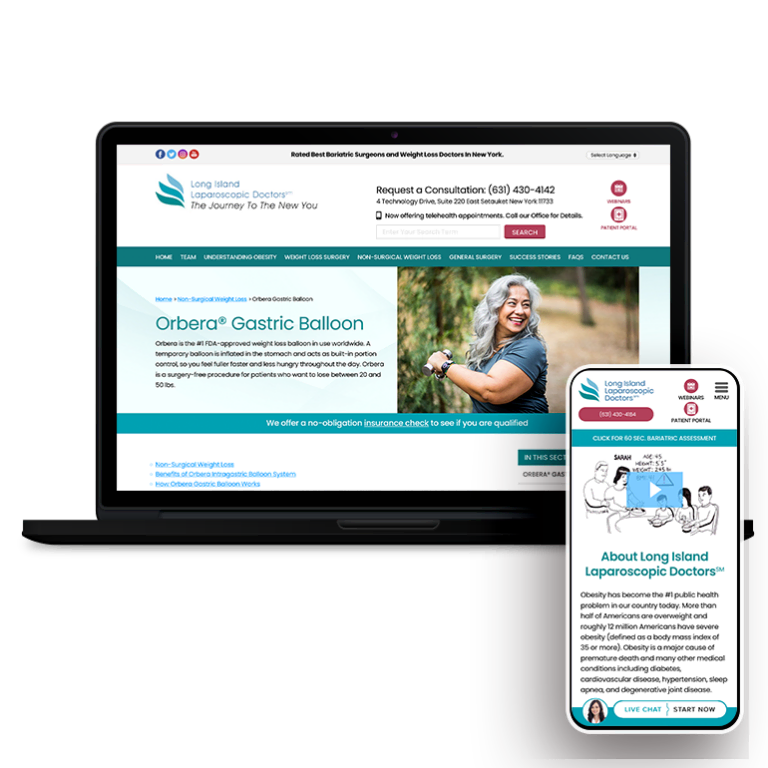

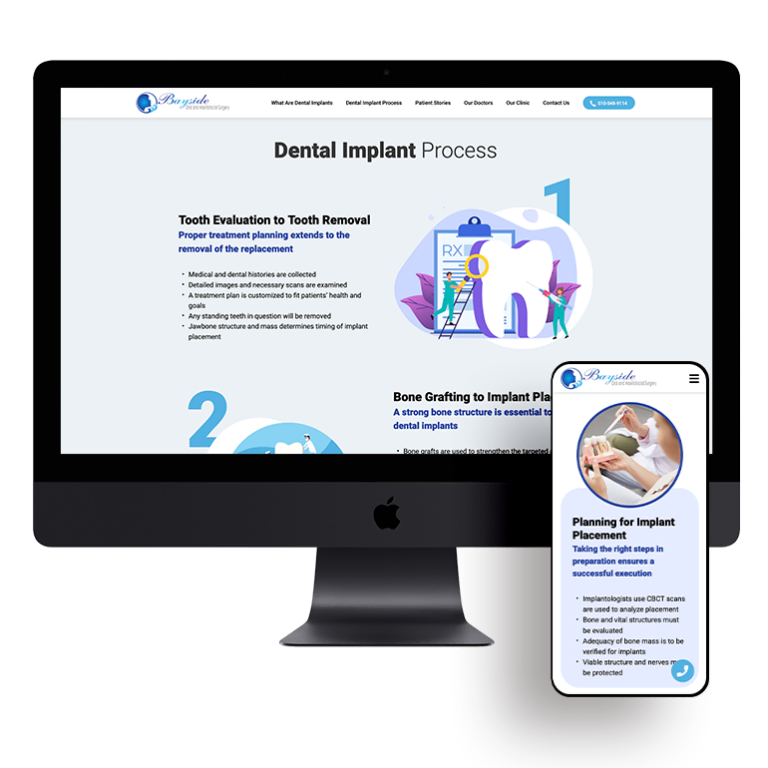
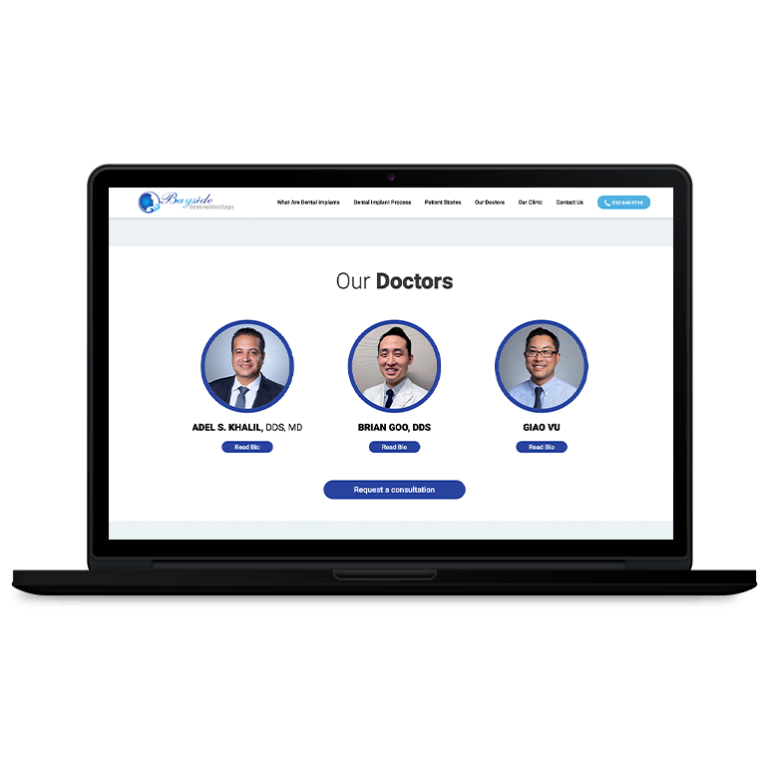

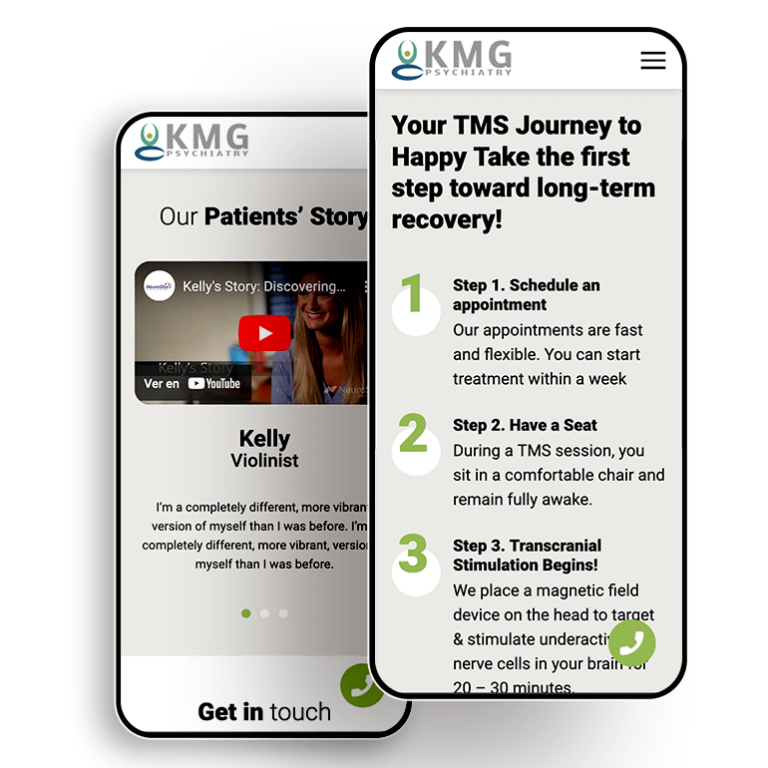

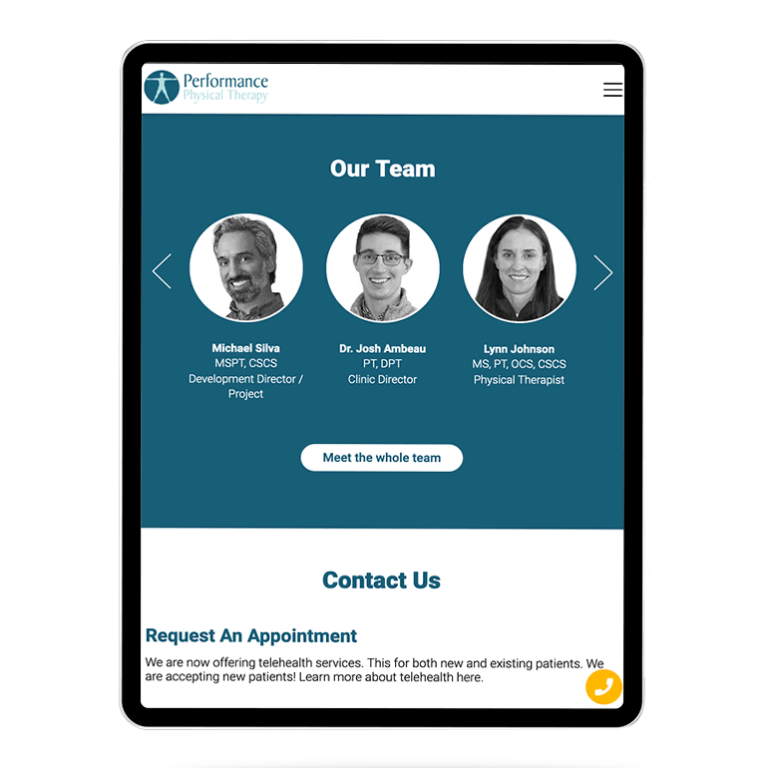
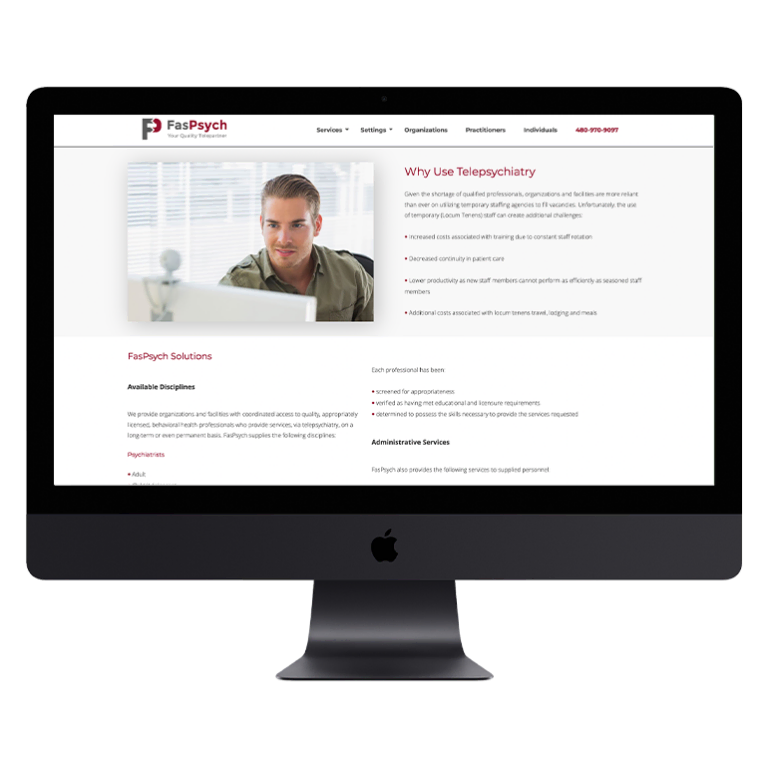

 Smart Design Creates New Patient Opportunities
Smart Design Creates New Patient Opportunities